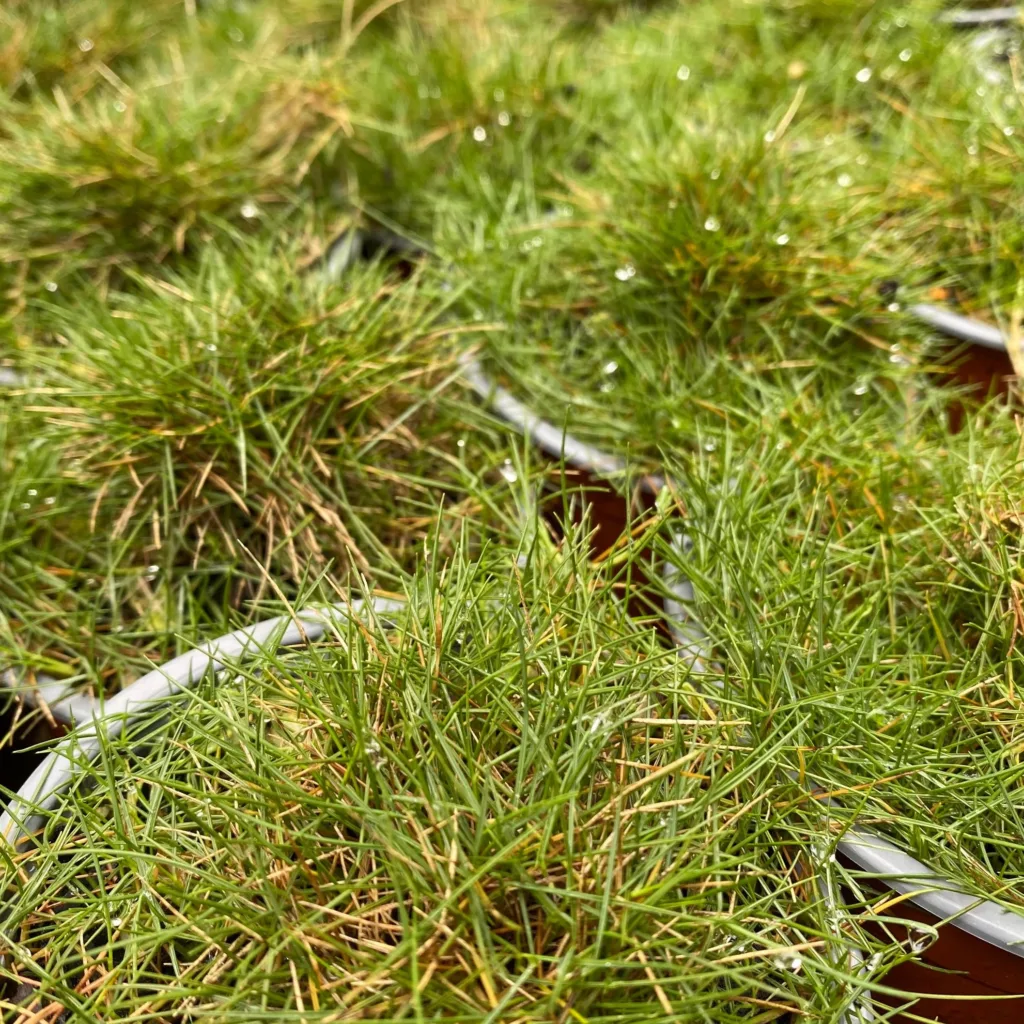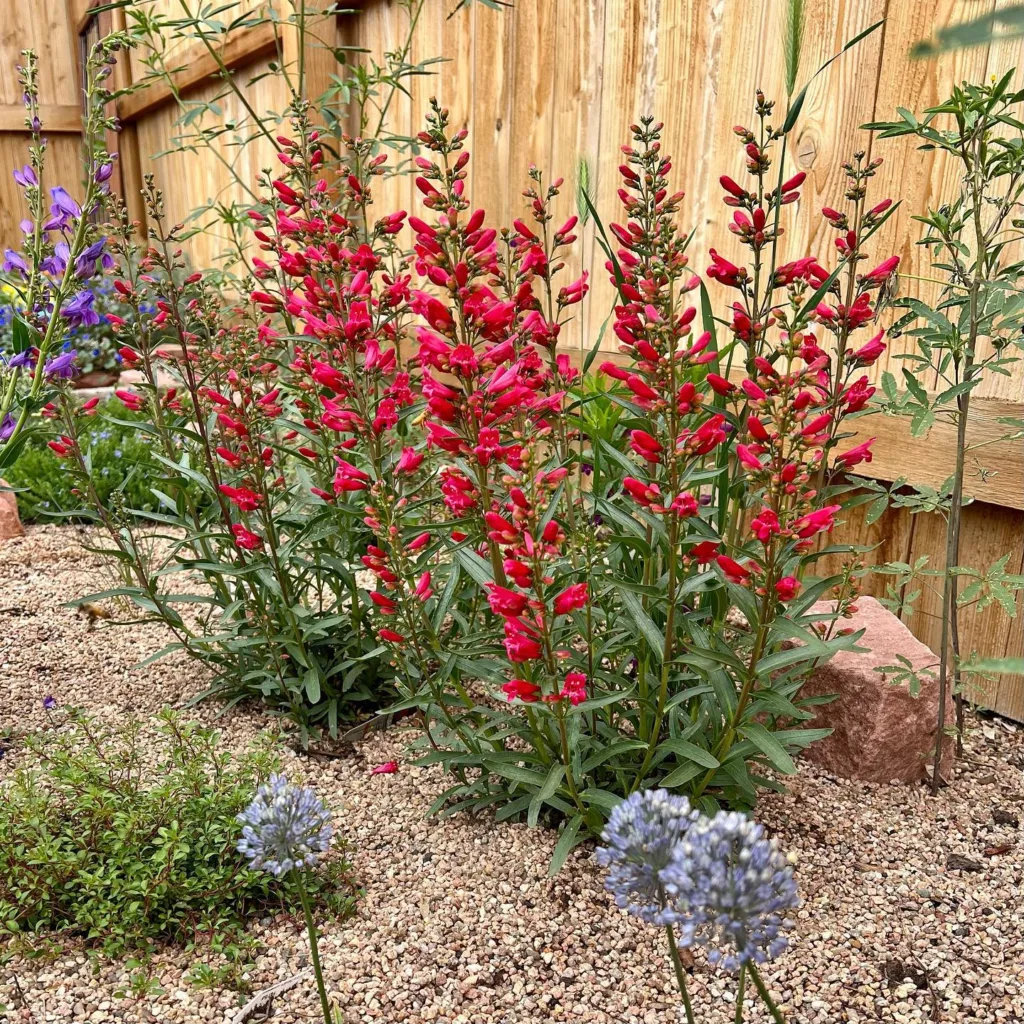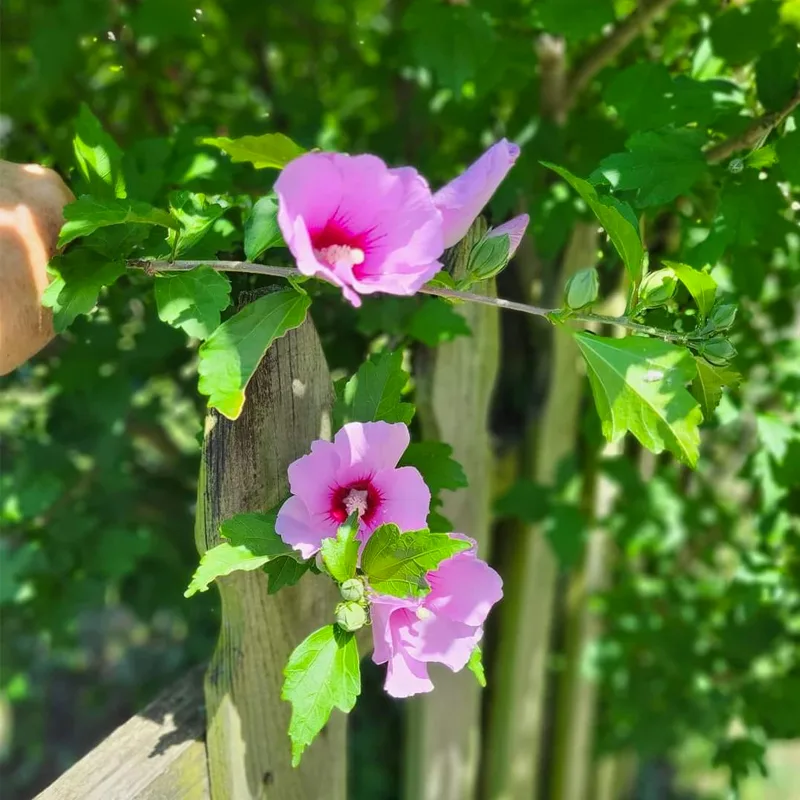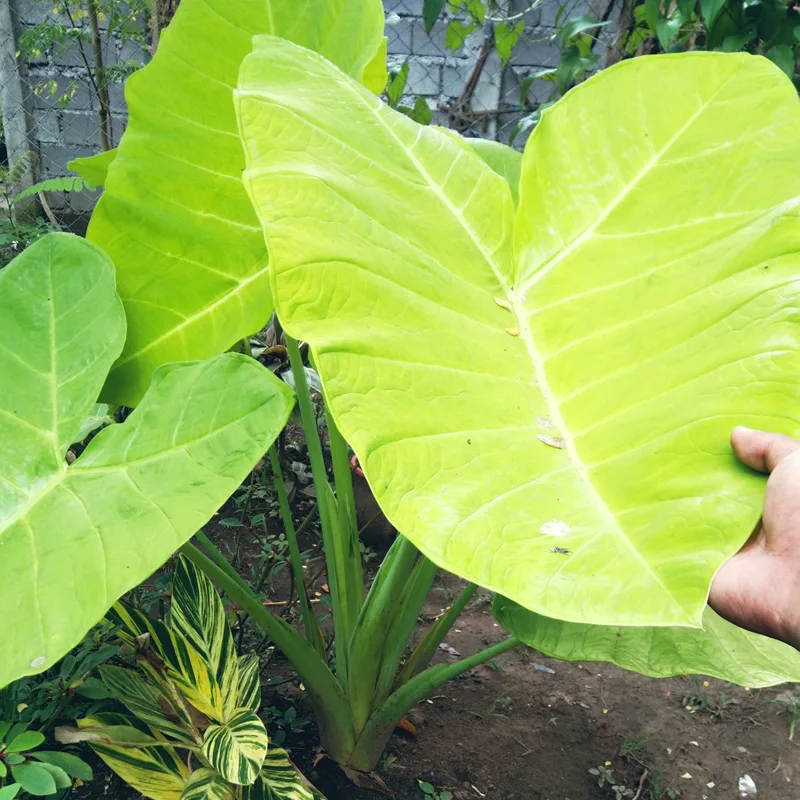Exploring the Ixonanthaceae Family: A Personal Journey
As a passionate plant enthusiast, I have always found joy in exploring diverse plant families, each with its unique characteristics and histories. Today, I want to share my insights about the Ixonanthaceae family. This intriguing family comprises several genera, including Cyrillopsis, Ixonanthes, Ochthocosmus, and Phyllocosmus.
Understanding the Ixonanthaceae Family
The Ixonanthaceae family is a lesser-known group of flowering plants. I first encountered it while researching tropical flora. Originating mainly in tropical regions, this family offers fascinating adaptations and a rich variety of forms. The plants in this family primarily thrive in humid, warm environments, which intrigued me since I enjoy cultivating plants that reflect diverse climates.
Genera of Ixonanthaceae
Cyrillopsis
Cyrillopsis is one of the key genera in the Ixonanthaceae family. I remember my first encounter with a Cyrillopsis plant; it had beautiful, glossy leaves that caught my attention immediately. The genus is characterized by its small to medium-sized trees. I discovered that these trees often have a somewhat irregular growth habit, making them quite interesting to observe in their natural habitat.
What fascinates me most about Cyrillopsis is its adaptability. While researching, I found out that these trees can grow in various soil types, which is something I appreciate as a gardener. Their resilience allows them to thrive in less-than-ideal conditions, which has inspired me to be more flexible in my own gardening practices.
Ixonanthes
Next up is Ixonanthes, another prominent genus within the Ixonanthaceae family. The first time I laid eyes on an Ixonanthes plant, I was struck by its striking flowers. The blooms are typically small and often have a unique shape, which makes them quite appealing. I remember reading that Ixonanthes species are often found in rainforests, where they contribute to the rich biodiversity of these ecosystems.
What I found particularly interesting about Ixonanthes is its ecological role. As I delved deeper, I learned that these plants are vital for various insects and birds. Their flowers attract numerous pollinators, which plays a significant role in maintaining the health of their ecosystems. This connection to wildlife has inspired me to consider the broader implications of my gardening choices, especially how they can support local fauna.
Ochthocosmus
Ochthocosmus is another fascinating genus in the Ixonanthaceae family. I remember first seeing a specimen of Ochthocosmus at a botanical garden, and I was amazed by its unique structure. These plants often exhibit an unusual branching pattern, making them stand out among their peers. I learned that the genus contains both shrubs and small trees, which adds to its diversity.
One of the aspects I admire about Ochthocosmus is its adaptability to different environments. Some species can grow in drier conditions compared to others in the family. This versatility has encouraged me to experiment with planting methods, and I’ve started to incorporate more native plants that reflect the adaptability I see in Ochthocosmus.
Phyllocosmus
Lastly, we have Phyllocosmus, a genus that has captured my interest for its distinctive foliage. The leaves of Phyllocosmus species are typically broad and lush, creating a striking visual display. I remember researching various species and coming across descriptions of their leaves that sounded almost tropical. These plants often grow in shaded areas of forests, which adds to their appeal for anyone looking to create a more shaded garden space.
I found that Phyllocosmus plays an essential role in its habitat by providing cover for many creatures. This has motivated me to think about how I can create similar habitats in my own garden. Incorporating shade-loving plants has not only enhanced the visual appeal of my garden but has also fostered a sense of community among various species.
Conclusion: A Personal Reflection
Exploring the Ixonanthaceae family has been a rewarding experience for me. The diversity within this family, from the adaptability of Cyrillopsis to the ecological importance of Ixonanthes, has deepened my appreciation for tropical flora. I am inspired to cultivate a more diverse garden, reflecting the intricate relationships these plants share with their ecosystems.
By learning about genera like Ochthocosmus and Phyllocosmus, I have gained insights that influence my gardening practices. I have embraced the idea of adaptability and biodiversity, striving to create an environment that nurtures both plants and wildlife. The Ixonanthaceae family has not only broadened my knowledge but also inspired me to continue exploring the incredible world of plants.
If i die, water my plants!



